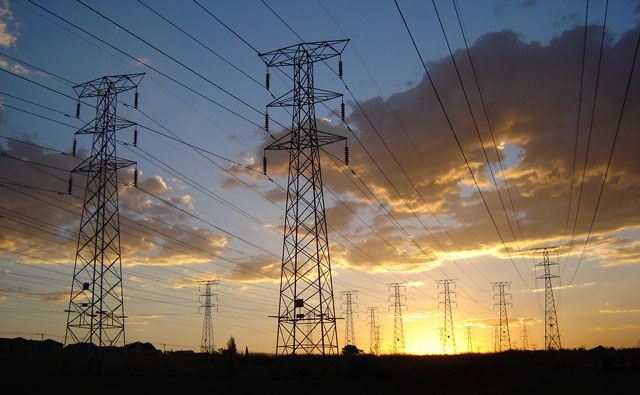
Power utility Eskom said on Tuesday it had met its winter electricity demand and urged South Africans to save electricity during summer.
“This winter was different, in that long-duration generation maintenance was planned to be done and was implemented,” Eskom CEO Brian Dames said in releasing the quarterly state of the system update in Cape Town.
“It is an exceptional achievement to meet winter demand and do more maintenance than before.”
He said almost two-thirds of Eskom’s power stations were past the mid-point of their expected operating lives and would require higher levels of planned maintenance work.
Maintenance at five of the nine power station units had been completed and three were in the process of being serviced. The last one would be completed towards the end of the month.
Dames said Eskom had adopted a five-year plan which was aimed at ensuring a sustainable generation fleet.
“One that will not only generate power more reliably now, but will continue to do so over the useful lives of our power stations,” he said.
“The new plan will see us target 10 percent of our generation capacity on average through the year to do fixed, planned, design-based maintenance, to address safety, reliability and emissions issues at our power stations.”
The system outlook for summer remained tight.
Unlike winter, where the peak period was between 5pm to 9pm, the demand profile for summer was “flatter”, with an increased demand profile throughout the day. This was primarily a result of the use of geysers and air conditioners.
Dames said that if there was a constraint, the system would be constrained for the entire day.
“Unlike winter, where residential customers had the greatest impact, during the summer it is primarily the commercial sector that can make the biggest difference,” he said.
“The challenge is to ensure that there is sufficient generation capacity throughout the day. This summer, please remember that less is more. The less electricity you use, the more electricity will be available to go around.
Dames said there was continued progress with Eskom’s new build programme, with most of the equipment currently on site at the Medupi power station, in Limpopo. — Sapa




